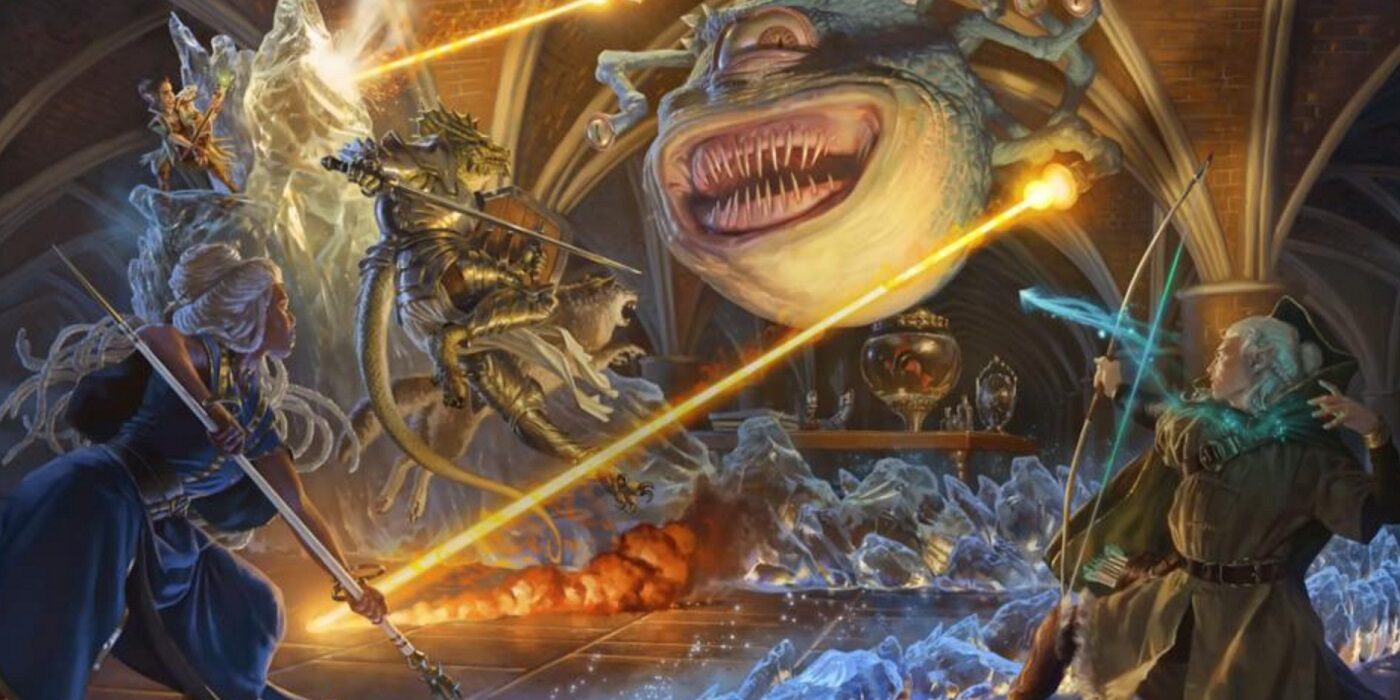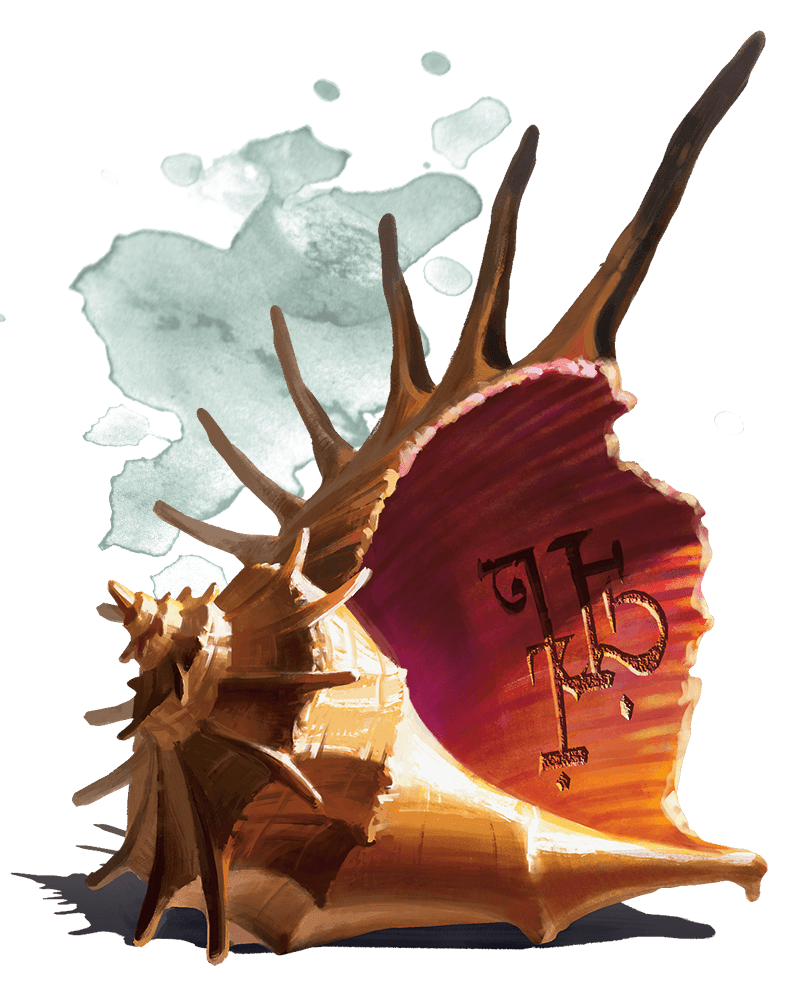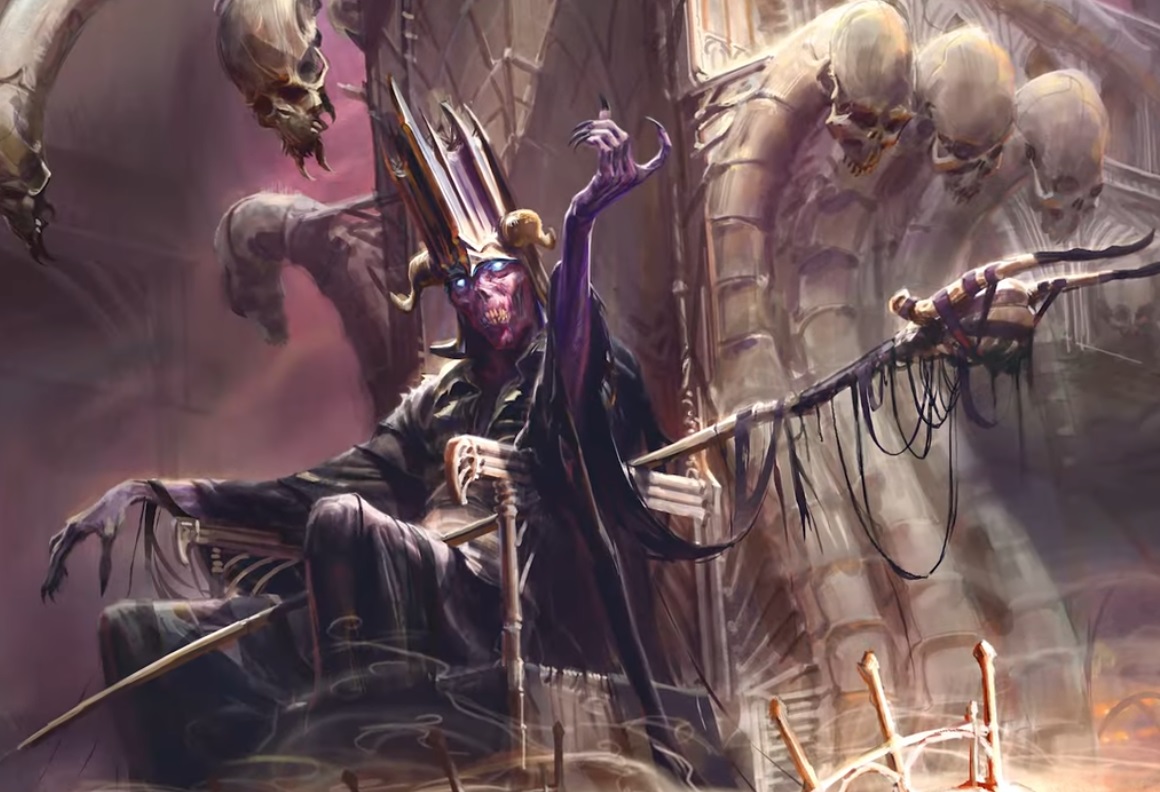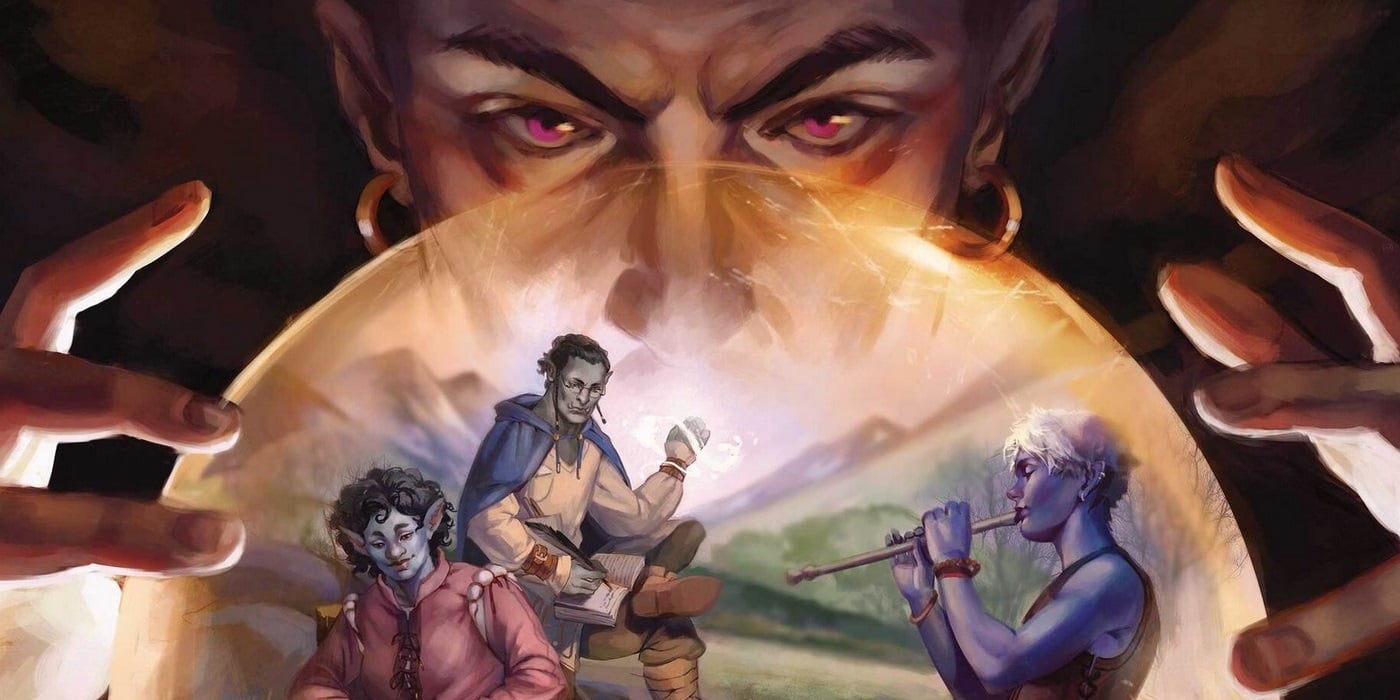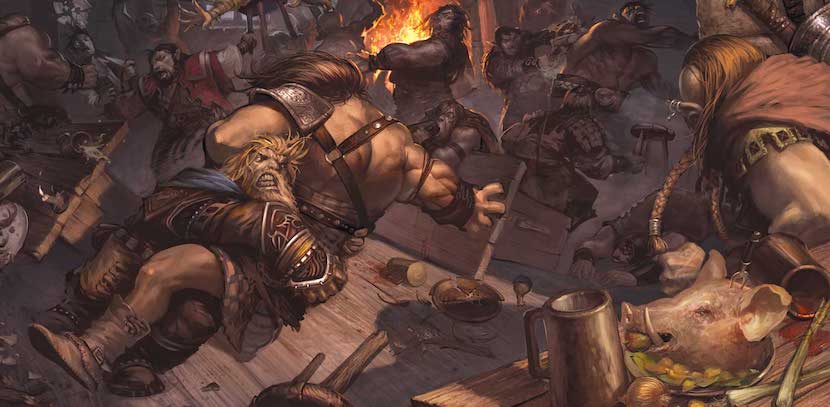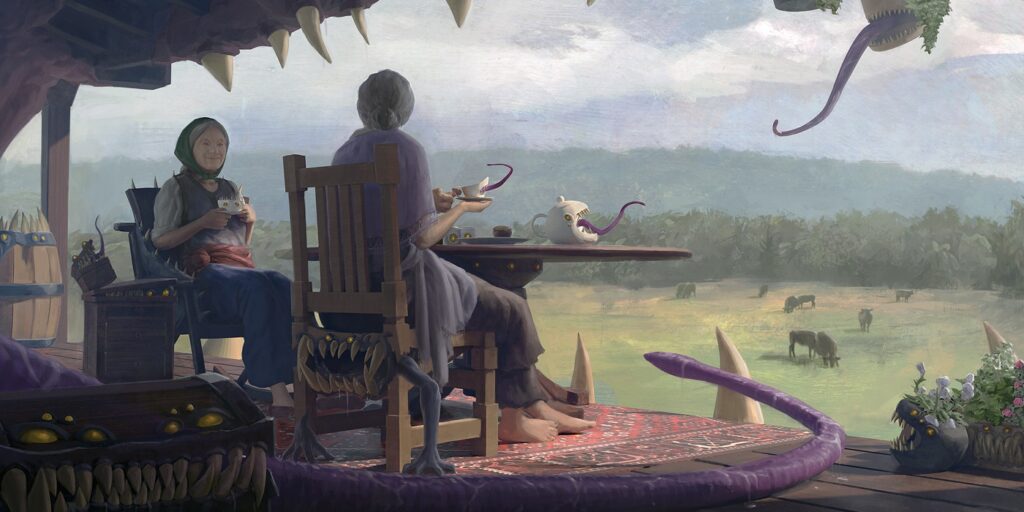D&D: Five Ways to Have Your Villain Taunt the Party and Live
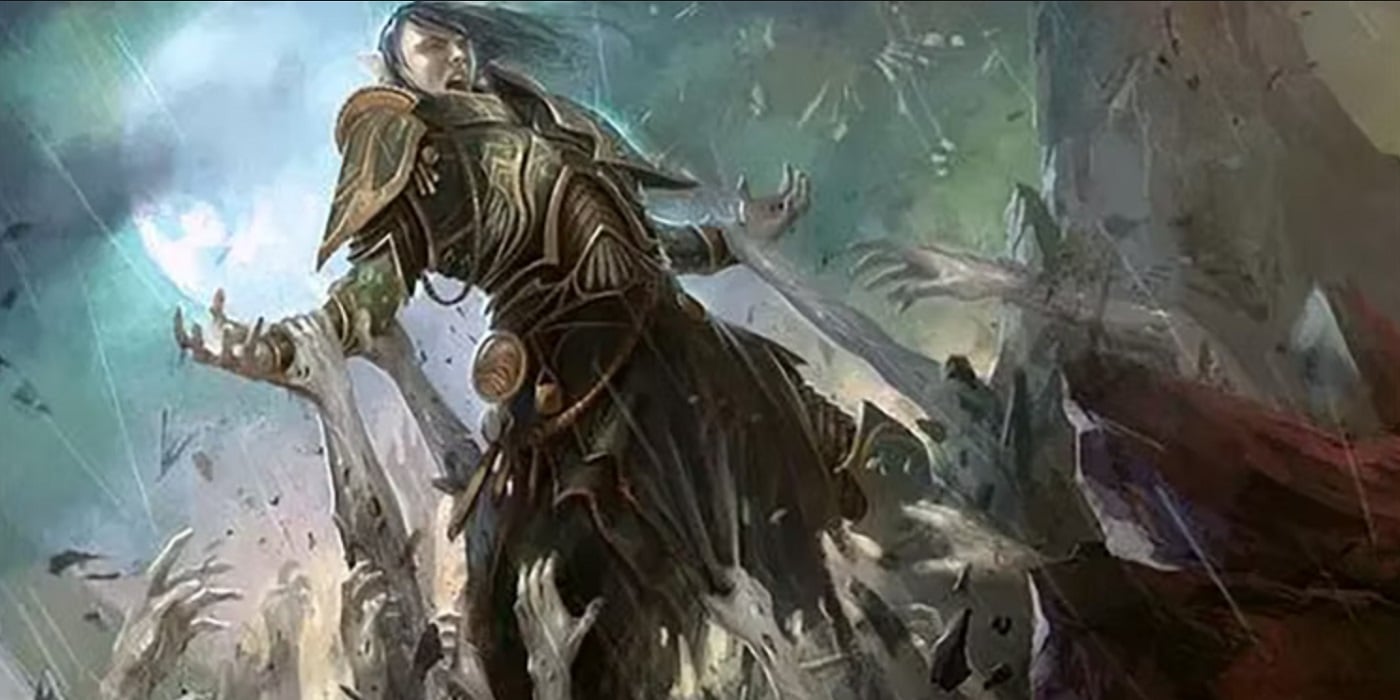
Do your players keep trying to kill the NPC you’re trying to set up as the villain of your campaign? We’re here to help.
The right villain can make a campaign magical. One need look no further than the enduring popularity of the Curse of Strahd module to see how the right kind of villain can make all the difference in a campaign. But what do you do when you try to set up that good PC-villain tension at the start of your campaign, going out of your way to give the PCs reasons to hate your bad guy, and the party keeps trying to kill your villain instead? And succeeding? Don’t worry, we’re here to help.
Power Overwhelming
Sometimes the surest way to establish the villain as a significant threat is to have them make a big display of power. A big swing on a hapless NPC or lackey can go a long way towards making the PCs look for other means of dealing with the villain. Let them see how much damage the villain’s attacks do, or that they can cast something like Finger of Death or Disintegrate.
You might even find success in hitting a player character hard enough to one or two-shot them. But—here’s the important thing, the villain has to want to make one or two powerful attacks and then stop. A show of strength, not a fight to the death. A good line might be something like, “Now if we can have a civilized conversation…”
Emergency Escape Plan
Of course, big shows of strength will only get you so far. Maybe they fail a too-important saving throw or a PC gets a lucky crit in and they are down way more hit points than you anticipated. That’s when it’s time to break out the emergency escape plans—Wizards might have Contingency spells with Teleports attached to them. Or maybe they have a scroll of Dimension Door. Or even just an outlandish escape vessel lurking conveniently nearby when they make a getaway.
Either way, this kind of dramatic exit can be a little bitter if it feels like the PCs are finally going to beat the villain—so make sure there’s another win waiting in the wings.
If You Can’t Beat ‘Em, Just Die and Come Back
Another classic trope for campaign-level villains—the vlilain actually just gets killed… but it doesn’t stick. This is another one where you’ve got to make it clear that there’s a way to actually kill the villain. But look at Strahd, whose whole stat block includes the fact that if he’s reduced to 0 hit points he turns into a puff of smoke (or a whiff of clouds) and hightails it back to his coffin where he’s paralyzed for an hour and then starts to regenerate. Liches have their Phylacteries. Mummy Lords have their canopic jars—the Monster Manual is full of monsters that can only be killed under special circumstances.
So one way you can have your villain taunt your party and live to tell the tale is by making killing them “for real” more like a puzzle hey have to figure out. Remove the thing keeping them coming back before you get that satisfying kill.
Don’t Actually Be There
Another great way to set up a campaign level villain is by giving them some way of appearing in a place and not actually having to be there. It could be something like a magical projection or maybe just a clone body that your villain inhabits but this trick relies on your villain seeming to be in one place when they’re actually in another.
Maybe your villain can ASSUME DIRECT CONTROL like Harbinger did in Mass Effect 2, possessing/taking over the body of some minion the player characters are fighting, to taunt the party while still being safely removed in their secret villain lair.
Either way, you can’t kill them if they’re not actually there in the first place
Give the PCs a Choice
One last trick, the ol’ devil’s bargain. Sure, the PCs could stay and fight and kill the villain, but if they do, the villain’s plans are going to come into effect. Maybe a lot of innocent people will die if they don’t go disarm the magical bombs out there, or stop the horde of angry ghosts summoned up by the villain from running rampant through the city.
It’s a classic superhero trope, where the main characters are forced to choose between protecting the innocent or defeating the villain – and D&D characters are a lot like superheroes.And whatever they choose, the rest of the story is going to be interesting, so you can’t go wrong. If they kill the villain, maybe the villain lives on through their villainy that keeps happening, though the main actor behind them is no longer alive, like some kind of David Xanatos style villain legacy.
How do you ensure your villain survives contact with the party?

